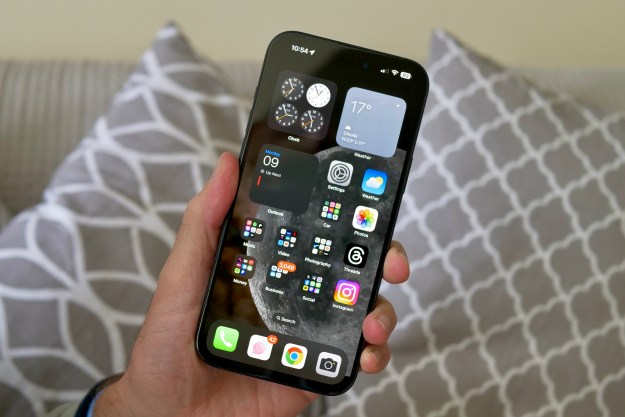Apple’s WWDC 2023 is just a few weeks away, which is when we expect the company to unveil new software updates for iPhone, Apple Watch, iPads, Mac, and more. This means we’ll be seeing a preview of iOS 17, watchOS 10, iPadOS 17, and macOS 14 during the conference. However, a new report seems to hint that iOS 17 and iPadOS 17 will drop support for devices that were released between November 2015 and November 2017.
According to MacRumors, a source with a proven track record for upcoming software updates reports that iOS 17 will drop support for the following devices: iPhone 8, iPhone 8 Plus, iPhone X, the first generation 9.7-inch and 12.9-inch iPad Pro, and fifth-generation iPad.

If this is the case, it shows that Apple will be dropping support for devices with the A11 Bionic chip or older with the new
Right now, any iPhone or iPad that has an A5 through A11 chip has a bootrom security vulnerability that cannot be patched by Apple. That’s because the bootrom only operates in a read-only state. Due to this exploit, these particular devices have been able to be perpetually jailbroken on multiple versions of iOS, which makes it possible for users to modify the iOS file system.
Last year’s iOS 16 release dropped support for some older devices too, including the
Expect to see
Editors' Recommendations
- Here’s how Apple could change your iPhone forever
- Why you should buy the iPhone 15 Pro Max instead of the iPhone 15 Pro
- When will Apple release iOS 18? Here’s what we know
- This is our best look yet at the iPhone 16’s big design changes
- Everything you need to know about the massive Apple App Store outage





